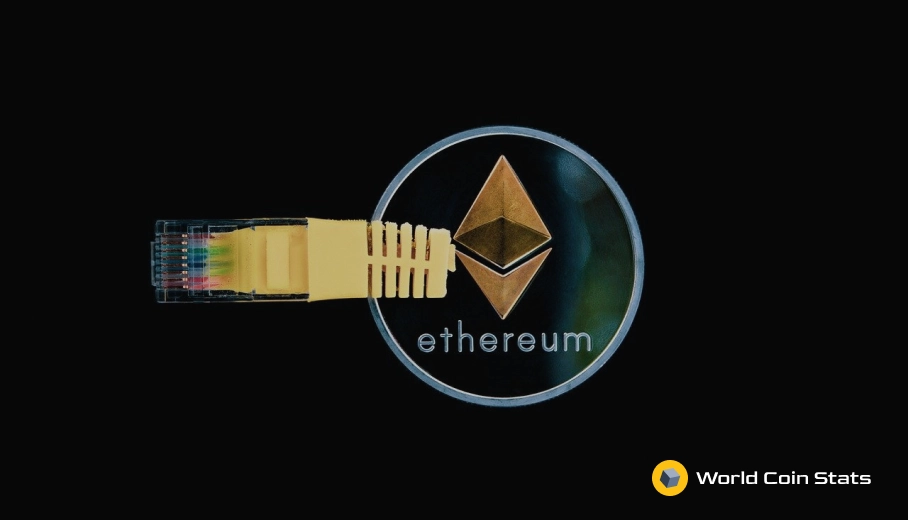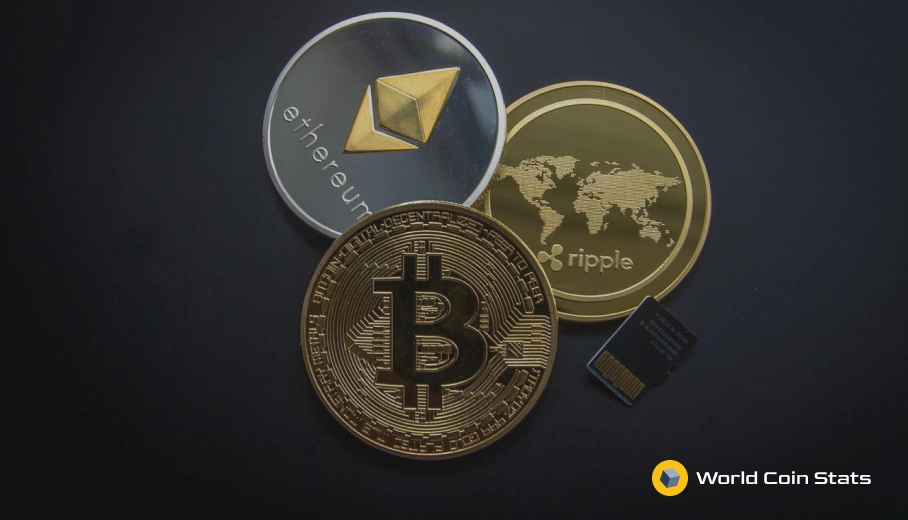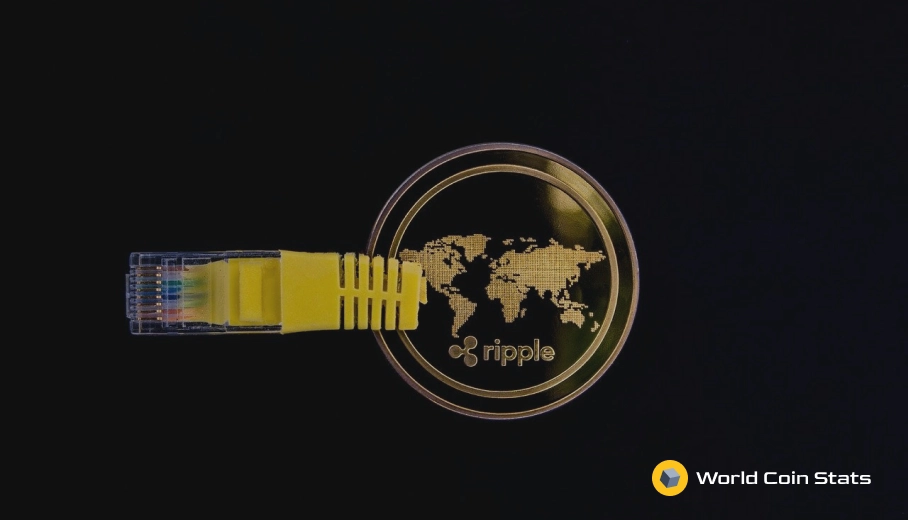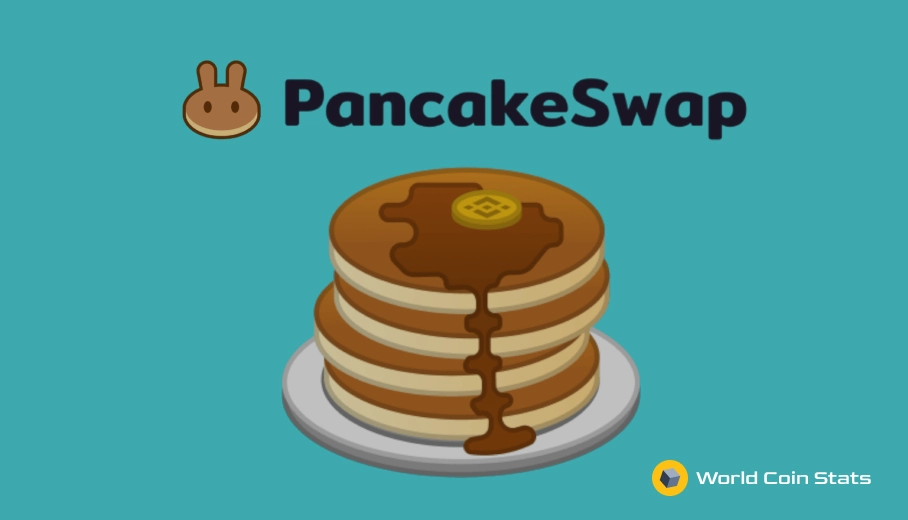Optimistic Rollups Vs ZK Rollups? Which one will win
There is currently a battle occurring in the Rollup space between ZK Rollups and Optimistic Rollups. The current leader in this battle is Optimistic because of the simplicity and general use they offer, but ZK is certainly making a name for themselves in this space.
Anyway, this article will compare the differences between the two Rollups. We will also explain exactly what a Rollup is and how it will change Ethereum and DeFi.
What is a Rollup?
Basically, a rollup is a solution that allows scaling of Layer-2. A smart contract will hold cryptocurrency funds on the mainchain with communication with the “sidechain.”
This allows the storage to occur on the mainchain while transactions occur on the sidechain. The benefit of this is that it greatly increases scalability because transactions (read: computing power) are kept on the sidechain while the storage is all on the mainchain.
As you can imagine, this frees up a lot of space on the mainchain. And that’s great because the mainchain can get a little clogged up with all the transactions occurring on it.
Not to mention that the Ethereum mainchain has a transaction limit of about 15 transactions per second, which is terrible. Rollups can increase this to up to 1000 transactions per second because only enough data – in the form of a smart contract with important data – for a transaction will be sent to the mainchain and the rest will remain on a sidechain.
Users are guaranteed that their transaction will go through because of the sidechain smart contract.
Now, the term rollup comes into use because transactions can be rolled up into a single block. That single Rollup block is much, much cheaper than having individual transactions on Layer 1.
The next section will briefly and simply explain the difference between Optimistic and ZK.
What is ZK Rollup?
ZK Rollups rely on Zero-Knowledge Proof for all state transitions. Each transaction is then checked against the smart contract on the mainchain.
Due to Zero-Knowledge Proof for all state transitions, it is impossible for any invalid transactions or malicious contracts to occur because everything must be checked against the smart contract.
A ZK Rollup has the benefit of being much faster because it is much lighter on Layer 2 because the validation occurs on the mainchain rather than on the sidechain. That mainchain validation occurs pretty much instantaneously, which makes ZK Rollups much faster and more scalable.
ZK Rollups also have a maximum potential of 2000 transactions per second because all the validation occurs on the sidechain.
It’s important to note that the speed difference is not much in human terms. But in computing terms the speed difference is quite a lot.
What is Optimistic Rollup?
In short, Optimistic Rollups rely on a user pushing a new state root without checking the Rollup contract on the sidechain.
That’s right, no verification is done by the contract.
However, the other users can see every transaction on the L1 and will invalidate a malicious state root.
The problem with Optimistic Rollups, in our opinion, is that they take a little longer to validate because it uses smart contracts on Layer 2. This also makes Optimistic Rollups a little less scalable than ZK Rollups.
Are Rollups The Solution To The Ethereum Network Congestion Problem?
Ethereum has a problem with network congestion and high gas fees. Rollups were created as a solution to this problem. Rather, Rollups were created as a solution to this problem until ETH 2.0 arrives.
Despite this, Rollups have a few problems that might make them less than ideal. The big problem is that different DeFi applications find it easier to communicate with each other if everything is simply on the Ethereum mainchain.
Does that mean DeFi projects will avoid Rollups?
No, not necessarily. If the Ethereum mainchain gets so congested that using it becomes impractical, then we can expect more DeFi protocols to begin using Rollups.
It’s a win-win situation for them because Rollups reduce congestion and fees, which will make the DeFi protocols more desirable to use.
Who will win: Optimistic Rollups or ZK Rollups?
In our opinion, ZK Rollups will likely be the winner of the Rollup battle. But it seems probable that both will likely exist at the same time.
Unfortunately, this will make things a little more complicated because some DeFi applications will use Optimistic Rollups while others will use ZK Rollups, which can make communication between the two a little more difficult.
We say ZK Rollups will likely win because Tether has already started using ZK Rollups in an effort to reduce congestion on the Ethereum blockchain. For those that don’t know, Tether is the largest cryptocurrency stablecoin and an ERC-20 token.
Tether itself actually causes quite a bit of congestion on the mainchain, so it’s reassuring that they have started using ZK Rollups to reduce congestion.
ZK Rollups also allow for more transactions per second than Optimistic Rollups. The only problem we see with ZK Rollups is that zero-knowledge proofs require significantly more computing power than alternatives, but this is made up for by ZK Rollups allowing ten times more transactions than Optimistic Rollups.
Final Thoughts
We hope we offered a good overview of the two main flavors of Rollups on Ethereum. Both these solutions offer something better than the mainchain, but they are still in their infancy without much adoption by DeFi projects.
It’s our opinion that ZK Rollups will see more adoption by DeFi projects than Optimistic Rollups. But it will likely take a little more time, and network congestion, for ZK Rollups to see mass adoption on DeFi.




